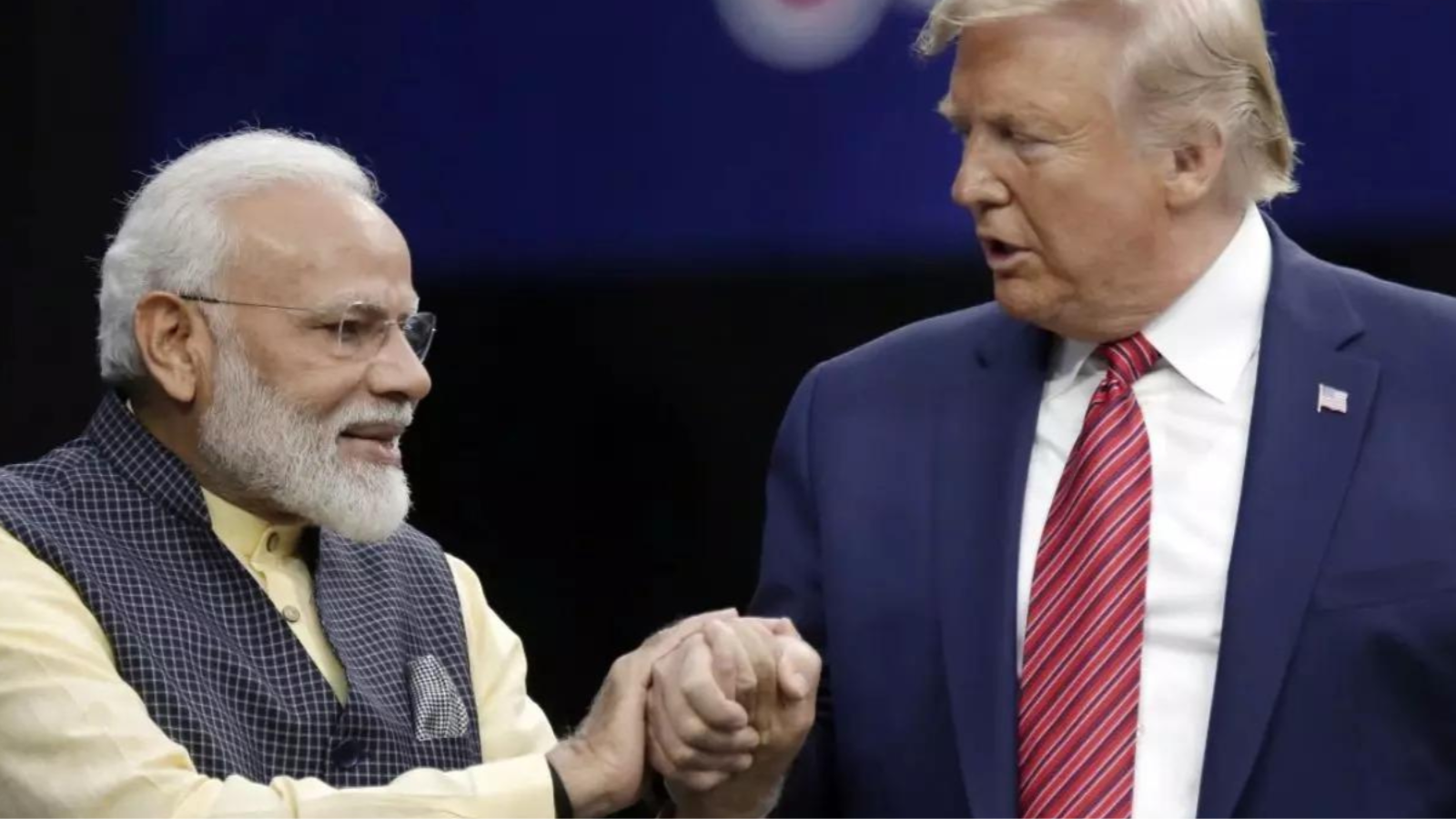India and US Close to Finalising Trade Deal Focused on Energy and Agriculture
India and the United States appear to be on the verge of finalising a long-awaited trade agreement that could reshape bilateral trade ties. According to reports, the proposed deal would reduce American tariffs on Indian imports to around 15 to 16 per cent, significantly lower than the current 50 per cent rate. The agreement, largely centred around energy and agriculture, may also prompt India to gradually scale back its purchases of Russian crude oil.

Trade Talks and Economic Focus
The trade negotiations between the two countries have been ongoing for years, but recent high-level discussions between US President Donald Trump and Indian Prime Minister Narendra Modi have accelerated progress. Both leaders reportedly discussed trade, energy, and bilateral cooperation during their latest conversation. Trump confirmed that energy was a key focus, with Modi assuring that India would take steps to limit its purchases of Russian oil as part of the broader deal.The Role of Energy in the Agreement
Energy remains a crucial part of the trade discussions. Currently, Russia accounts for about 34 per cent of India’s crude oil imports, while the United States contributes roughly 10 per cent of India’s total oil and gas needs. The proposed deal could see India diversify its crude sourcing and increase energy trade with the US. Washington, in return, is expected to ease some trade restrictions and offer concessions on energy-related tariffs.You may also like
- India re-elected as vice-chair of COP10 Asia-Pacific Bureau, reaffirms commitment to clean sport
- Portals of Kedarnath Dham closed for winter season; CM Pushkar Singh Dhami attends ceremony
- 2nd ODI: After Perth setback, Rohit redeems himself in Adelaide
- Delhi Encounter: Four wanted gangsters killed in shootout, police personnel injured
- Navigating Kuwait in style: What new traffic rules mean for your visit









